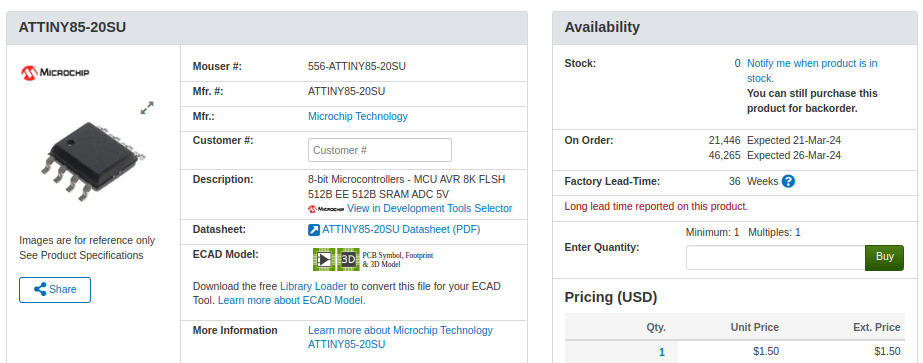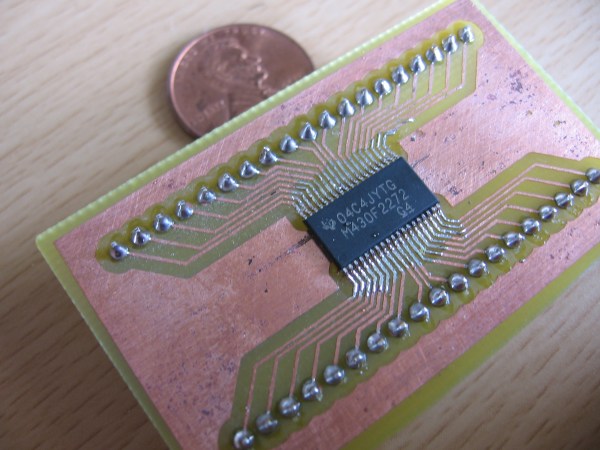We’ve seen a Linux-based operating system made to run on some widely varying pieces of hardware over the years, but [Dmitry Grinberg]’s latest project may be one of the most unusual. It’s a PCB with 3 integrated circuits on it which doesn’t seem too interesting at first, but what makes it special is that all three of those chips are in 8-pin SOIC packages. How on earth can Linux run on 8-pin devices? The answer lies as you might expect, in emulation.
Two of the chips are easy to spot, a USB-to-serial chip and an SPI RAM chip. The processor is an STM32G0 series device, which packs a pretty fast ARM Cortex M0+ core. This runs a MIPS emulator that we’ve seen on a previous project, which is ripe for overclocking. At a 148 MHz clock it’s equivalent to a MIPS running at about 1.4 MHz, which is just about usable. Given that the OS in question is a full-featured Debian, it’s not running some special take on Linux for speed, either.
We like some of the hardware hacks needed to get serial, memory, and SD card, onto so few pins. The SD and serial share the same pins, with a filter in place to remove the high-frequency SPI traffic from the low-frequency serial traffic. We’re not entirely sure what use this machine could be put to, but it remains an impressive piece of work.
















